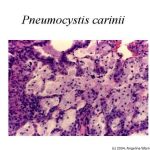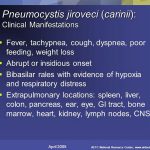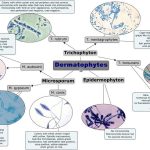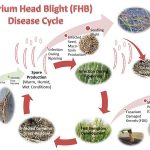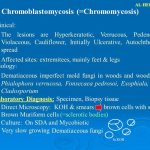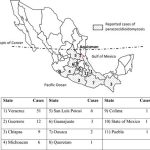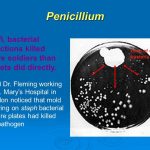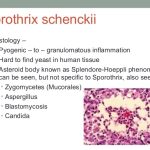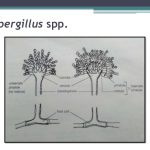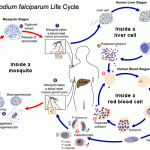
Fevers are often continual, with irregular spikes and associated chills and paroxysms. Patients with severe falciparum malaria may disclose central nervous system changes (prostration, convulsions, and impaired consciousness) and develop respiratory distress, abnormal bleeding, and circulatory collapse. Fatigue and malaise are nonspecific symptoms of malaria. These are in part caused by hypoglycemia and anemia.

